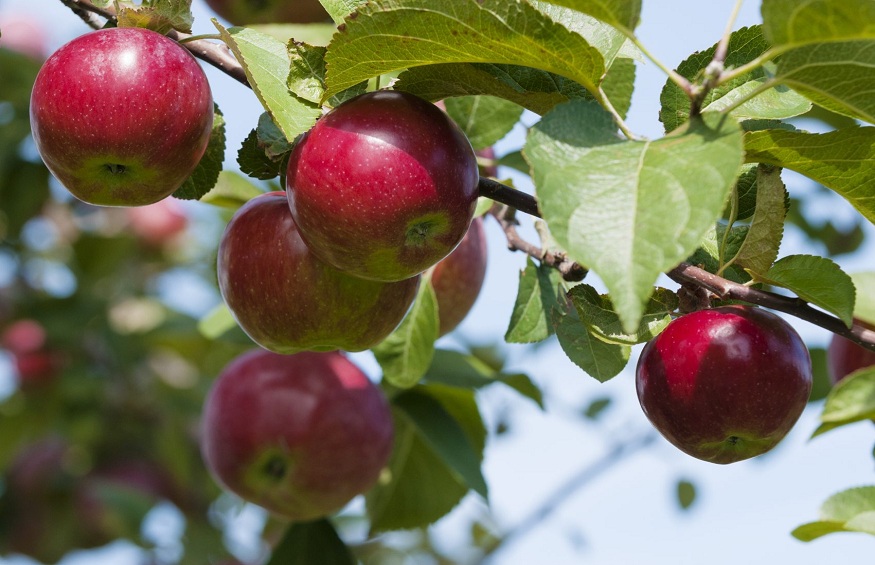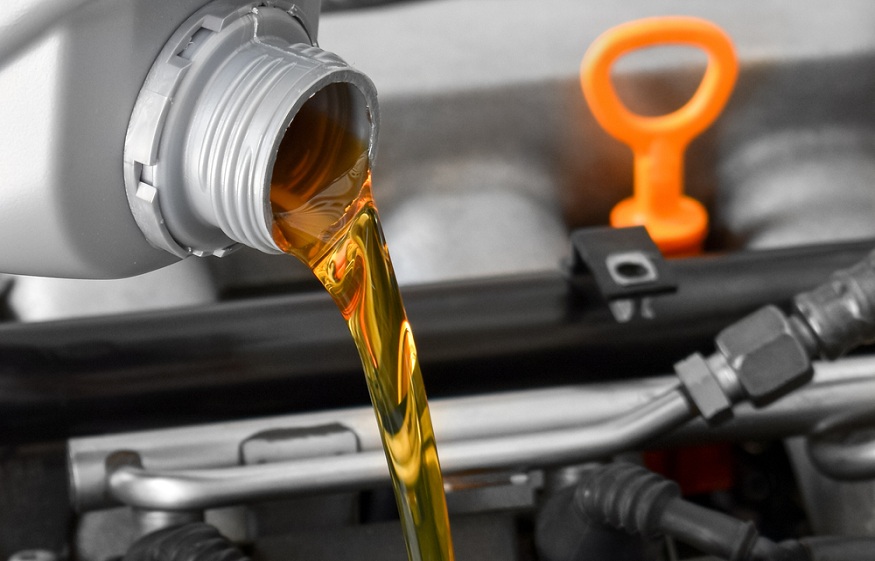Tips For Planting Young Fruit Trees
Here are some tips to grow fruit trees easily in your backyard. Before planting a tree make sure to buy fruit trees with little research about the plant that you are going to plant.
Picking A Location For Your Fruit Trees
Sadly, most home orchardists have the minimal decision of area or soil where trees can be planted. Natural product trees do best in fruitful, damp, all around depleted soil, and they all require full sun. Keep away from low where water represents a little while after a decent downpour.
The most effective method to Dig A Hole For Your Fruit Trees
When planting natural product trees, ensure the opening is adequately enormous to fit all roots without bowing. Trim any very long roots so the excess roots can be fanned out equitably. Top off the opening with dirt or a combination of soil, peat greenery, and fertilizer or decayed compost.
Which Inoculant and Fertilizer Should I Use On My Young Fruit?
All recently planted organic product trees will profit with the expansion of MYKE Tree and Shrub Inoculant, which is a characteristic mycorrhizal alteration. You may likewise choose to add lethargic delivery manure like our Gromax tablets.
How Deep Should I Plant My Fruit Tree?
Plant natural product trees so the root nearest to the surface is covered with something like 1 to 2 crawls of soil. The join association should be over the ground level and its stature over the dirt surface may fluctuate from 2 to 18 inches.
Developing natural product with Jung Seed
How Far Apart Should I Plant My Fruit Trees?
Pack the dirt immovably around the roots and water completely. Space natural product trees on bantam rootstock 10 feet separated, those on semi-bantam rootstock 12 to 15 feet separated, and standard trees no nearer than 30 feet separated.
Marking Your Fruit Trees
Marking youthful trees to give dependability while they become set up is useful for all trees, however, it is needed for bantam rootstock trees.
Pruning Your New Fruit Tree
After a tree has been planted it should be tip pruned. Pruning will assist with forming the tree and decrease dampness stress brought about by the deficiency of fine roots in burrowing and relocating. In particular, tip pruning animates the hormonal activities of the tree to develop more roots and to begin the way toward delivering axillary buds and shoots. Tip pruning likewise brings the top size of the tree into offset with the number of roots it needs to supply the arising shoots with water and supplements. In the event that the top size isn’t decreased, new shoots will show up and rapidly cease to exist and the tree will then, at that point decay and perhaps pass on.
If your tree is an unbranched whip, slice it back ⅓ to ½ of its stature over the united. On the off chance that the tree is stretched, at least one appendage can be permitted to shape the perpetual or framework appendages of the tree. The most minimal appendage ought to be something like 30 creeps starting from the earliest stage have a wide-point with the storage compartment. All framework appendages chose ought to be somewhere around 10 inches separated on the storage compartment. They can be nearer to bantam apple, peach, and cherry trees.
The most effective method to Protect Young Fruit Trees
Keep the region liberated from weeds somewhere around three feet from the storage compartment. Put a mouse gatekeeper or Jung’s Spiral Tree Guards around the tree before tumble to shield their delicious bark from hungry rodents. For insurance from sunscald Tree Wrap or the Spiral Guards function admirably, as will segments of burlap wrapping.
Pruning Established Fruit Trees
Organic product trees are pruned to advance the most extreme creation of top-notch natural products each season. Pruning of organic product trees should be finished during the pre-spring or late winter, while trees are as yet lethargic. Pruning is simpler when you have the appropriate instruments, are kept sharp, and in great working condition.
Rules of Pruning Fruit Trees
These are the essential strides for organic product tree pruning. They ought to be continued all together.
Remove all dead, unhealthy, and broken appendages. Slice appendages as near the storage compartment as could really be expected, yet don’t eliminate the little “collar” of development that encompasses the branch or appendage. This branch collar can develop over the injury, and whenever eliminated the tree won’t recuperate the cut surface as quickly.
Remove all water fledglings and suckers. Water sprouts are long, vertical developing, whip-like branches found on lower huge appendages and frequently at the foundation of the storage compartment. Make all slices spotless and near forestall regrowth.
Then, prune out any confounded appendages and any branches that develop toward the focal point of the tree shade. These off-kilter developing branches can without much of a stretch be recognized by taking a gander at the focal point of the tree.



